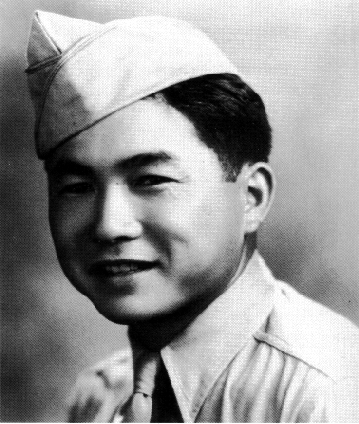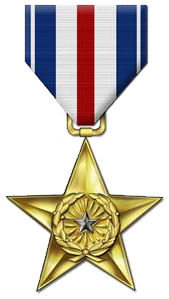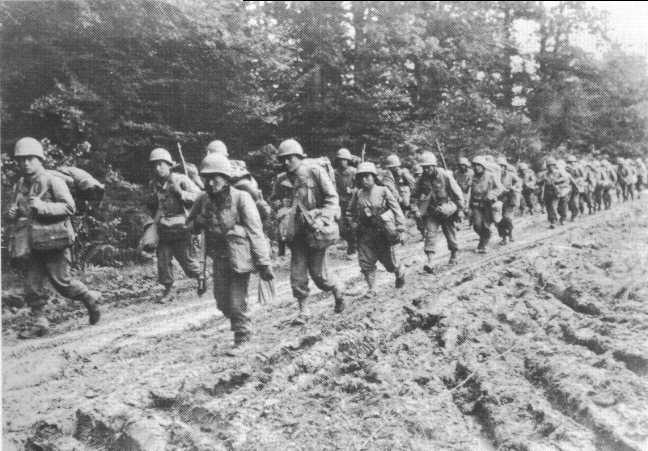THE EYE: AFTERMATH (Part Three)
- Daniel García Ordaz

- Mar 14, 2018
- 5 min read
The aftermath of the devastating hurricane of 1933 . . .
(Published originally in The Valley Morning Star, Harlingen, on the eve of the 2006 Hurricane Season.)
This four-part series gives a glimpse of the Valley before, during and after the hurricane through the interweaved story of a Rio Grande Valley family caught in the many storms of life.
EDITOR'S NOTE: In September 1933, the Rio Grande Valley was struck by Storm No. 11, causing 40 deaths, 500 injuries and $17 million in damages. Over the next four days, a series of articles will chronicle the events surrounding Hurricane No. 11 through the eyes of a San Benito family — the Tanamachis.
The aftermath of the devastating hurricane of 1933
By DANIEL GARCÍA ORDAZ Valley Morning Star
Asao Tanamachi came to the Rio Grande Valley to help her husband raise crops, not to watch her son die.
The Labor Day hurricane of 1933 crushed her home and her son, but it could not crush her spirit. As the storm raged on the night of Sept. 4 and morning of Sept. 5, Asao sat in the front of a produce truck with her broken son, Saburo, 16, on her lap. All through the night she held a canvas against the broken passenger window to keep out the wind and rain.
“My mother was holding the canvas up for hours on end before the hurricane was over,” said her son, Willie Tanamachi, 85. “To this day, I don’t know how she found the strength.”
The family’s main house and sleeping quarters were demolished, but the rest of Asao’s family was accounted for and safe. When the storm finally subsided, the family pushed a car onto a paved street and took Saburo from their Los Indios farm to Mercedes General Hospital.
Saburo Tanamachi’s story was just one among hundreds. The hurricane killed 40 and injured 500 in the area.
Asao Tanamachi had almost single-handedly saved her son’s life but, before long, the state and federal government would have a hand in relief and recovery efforts. The priority was to care for the wounded, but the Valley was inundated and had few paved roads. Debris filled the streets and railroad tracks. For at least two days, there was no running water or electricity. Fractured telegraph and telephone lines hampered communication.
Disaster relief
As word of the catastrophe finally spread, neighbor started helping stranger. The Salvation Army distributed provisions on Sept. 5 to about 200 people in Harlingen. As food and medicine arrived on trains the next day, supplies were immediately sent to San Benito, Brownsville, Port Isabel, Rio Hondo, Los Fresnos and other parts of Cameron County.
A relief headquarters for the entire Valley was established at the Reese-Wil-Mond Hotel in Harlingen on Sept. 4. Physicians provided first aid on the second floor, often by candlelight. Others were treated at Valley Baptist Hospital and the Commerce Building, as well as Mercedes General Hospital and a clinic in La Feria.
By noon on Sept. 4, relief forces, often in commandeered cars, began to canvass the city and the outlying areas to locate any injured or dead.
A woman and her two children were found in Rio Hondo atop a mesquite tree near the mouth of the Arroyo Colorado. Several bodies were removed from a provisional morgue at a downtown business now known as Mary’s Café. The Harlingen relief force delivered medical supplies and food to Rio Hondo relief organizers.
In Brownsville, Red Cross volunteers teamed with the city and the Reconstruction Finance Corporation to find and furnish unused buildings for those left homeless. Water was scarce until Sept. 6 when well-to-do families with cisterns furnished water for distribution by the two agencies. The RFC also set up a soup kitchen at Mercedes City Hall and furnished funds for 75 to 100 men to clean up debris.
Texas responds
To keep sightseers and shady salesmen from entering the Harlingen area, Texas Gov. Miriam A. “Ma” Ferguson sent state troopers to the Mercedes-Rio Rico Bridge, according to the Valley Morning Star.
After considering martial law, San Benito officials instead imposed a curfew that barred downtown traffic after twilight. Police Chief J. A. Goolsby ordered his officers to take drastic measures, if necessary, to protect lives and property.
The Mercedes News-Tribune reported that Ferguson sent several health and sanitation officials to assist the Valley in disease prevention. They recommended that drinking water be boiled before use, began vaccinating the populace against typhoid and - to hinder mosquito breeding - asked people to pour oil on all pools of standing water. Major Morris, of Galveston, was ordered to the Valley to lead 500 men in levee restoration in Hidalgo County.
Federal support
Ferguson also called Army Maj. Gen. Edwin B. Winans, commander of the 8th Corps Area, requesting help in meeting the medical needs of the storm’s victims. According to Army accounts, ground and air reconnaissance confirmed reports of distress and Army Chief of Staff Gen. Douglas MacArthur personally approved the mission. The 2nd Medical Regiment from Fort Sam Houston arrived in Harlingen by train at 5 p.m. on Sept. 6 with a surgical team and supporting troops: 10 officers and 175 enlisted personnel, in all.
Fearing looting, Harlingen Mayor Sam Botts asked regimental commander Col. Louis Brechemin Jr., to maintain order but Brechemin refused to declare martial law.
The troops slept on the train overnight, setting up camp the next morning. On Sept. 7, Brechemin took charge of all medical aid for the Valley, with headquarters at the Reese-Wil-Mond Hotel. He sent troops to Valley Baptist Hospital, where they built a tent ward, and to the Commerce Building. Brechemin next ordered his troops to rescue the sick and injured in outlying areas, sending five animal-drawn ambulances into hard-hit Rio Hondo.
Once the patients were brought to concrete highways, they were transferred to motor ambulances. By Sept. 8, the evacuation requests ceased and the next day, Brechemin transferred control of all health facilities to Red Cross officials, who had arrived on Sept. 7.
Communication restored
Despite the assistance of cable splicers from San Antonio, the fitness of telegraph and telephone lines took two weeks to secure, first in business districts then in residential areas. The wrecked Western Union offices in Harlingen were relocated to the Missouri Pacific depot.
“Morse wires were set up in the cramped quarters where hundreds of anxious inquiries were received from worried relatives in all parts of the country,” the Star reported.
Lifelines
Mayors Charles Quinn and Oscar Holcombe of San Antonio and Houston, respectively, arrived on the morning of Sept. 6 on relief trains bearing food, hospital supplies, stretcher-bearers, serums and two tank cars of water. According to the Star, the mayors were mistakenly arrested in Mercedes for being in a “stolen” car, which had in fact been confiscated by relief organizers in Harlingen.
Damaged bakeries caused bread to sell at a premium. The Fair Made Company ordered its bakeries in Corpus Christi, San Antonio and Houston to supply sufficient bread for the entire Valley. The Valley Baking Company in Harlingen distributed it to grocers.
Newspapers
Despite its damaged operation, the Valley Morning Star returned to daily publication on Thursday, Sept. 7. The Star’s first post-storm edition noted that Dr. J. R. Renfro, of Brownsville, had safely returned Col. Sam Robertson and his party from Del Mar on the morning of Sept. 6 by boat. Meanwhile, the Tanamachi family stayed at a house owned by James Landrum, Robertson’s partner in the early development of San Benito.
As the floodwaters receded, Valleyites shook the mud off their boots and, like the rest of the country, began to brace for a new wave of world war. Before long, the hand of the federal government would again touch the Tanamachi family.
To be continued ...
Tomorrow: Homefront














Comments